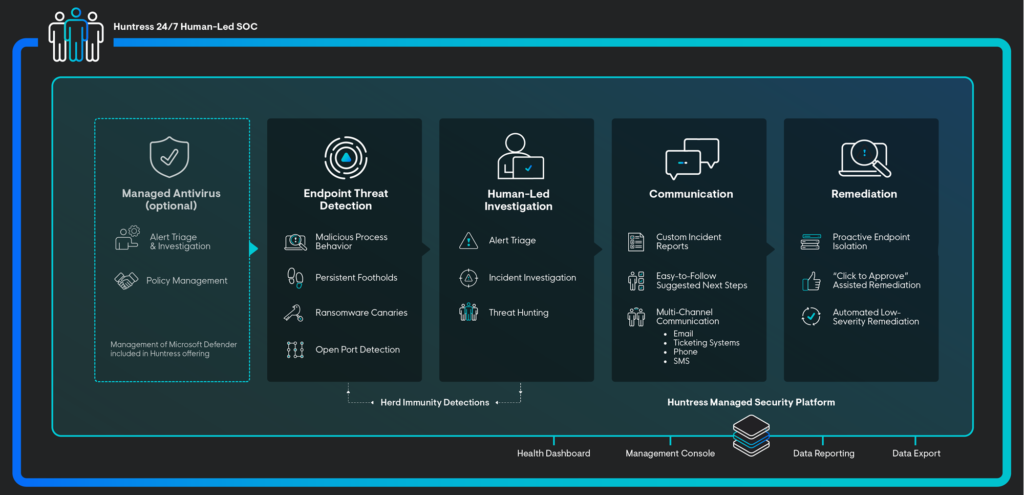In the ever-evolving world of cybersecurity, businesses and individuals face numerous threats targeting their digital assets. Two common solutions often discussed are Antivirus (AV) and Endpoint Detection and Response (EDR). While both serve critical roles in securing endpoints, understanding their responsibilities and distinctions is key to selecting the right protection for your needs.
What is Antivirus (AV)?
Antivirus software is a foundational security tool designed to detect and remove known malware such as viruses, trojans, and worms. It works primarily by using:
-
Signature-Based Detection: Matching files and programs against a database of known malware signatures.
-
Heuristic Analysis: Identifying suspicious behaviors or patterns that may indicate malware.
-
Scheduled Scans: Regularly checking files and systems for potential threats.
AV focuses on prevention, aiming to block malware before it can execute. However, traditional antivirus has limitations when it comes to addressing sophisticated attacks like zero-day exploits or advanced persistent threats (APTs).
What is EDR?
Endpoint Detection and Response expands on traditional antivirus by adding advanced detection, analysis, and response capabilities. Key features include:
-
Real-Time Threat Detection: Constantly monitoring endpoint activity to identify anomalies.
-
Behavioral Analysis: Using machine learning and AI to detect patterns associated with emerging threats.
-
Threat Containment and Response: Isolating compromised devices and providing tools for investigating and mitigating attacks.
-
Incident Visibility: Offering detailed logs and forensic data to understand the scope and impact of threats.
EDR not only focuses on prevention but also provides the means to detect, respond to, and recover from attacks that bypass initial defenses.
Key Differences Between Antivirus and EDR
|
Aspect
|
Antivirus
|
EDR
|
|---|---|---|
|
Focus
|
Prevention of known threats
|
Detection, response, and prevention
|
|
Threat Types
|
Known malware
|
Known and unknown (e.g., zero-day vulnerabilities)
|
|
Detection Method
|
Signature and heuristic based
|
Behavioral and AI-driven
|
|
Response Capabilities
|
Limited (quarantine, delete)
|
Comprehensive (containment, investigation)
|
|
Visibility
|
Minimal
|
Extensive endpoint visibility
|
Which Should You Choose?
The choice between antivirus and EDR depends on the specific needs and resources of your organization:
-
For Basic Protection: Antivirus remains a cost-effective option for small businesses and individuals primarily concerned with known malware.
-
For Advanced Threats: EDR is better suited for organizations needing robust defense against sophisticated attacks, particularly those operating in high-risk industries or managing sensitive data.
In many cases, combining both solutions within a layered security strategy ensures optimal protection. For example, antivirus can serve as the first line of defense, while EDR provides advanced capabilities for detection and response.
Final Thoughts
Cyber threats continue to grow in complexity, making it essential to understand the responsibilities of antivirus and EDR solutions. By assessing your organization’s risk level and security requirements, you can make an informed decision to safeguard your digital environment effectively.
If you’re unsure which solution fits your needs, consult with a trusted managed service provider (MSP) for guidance tailored to your unique situation.

